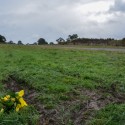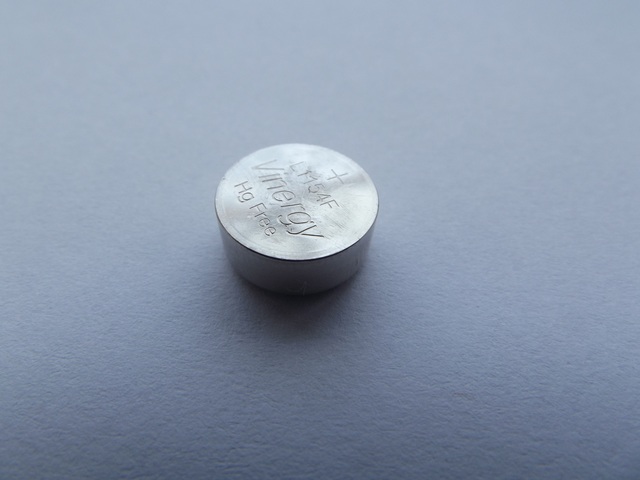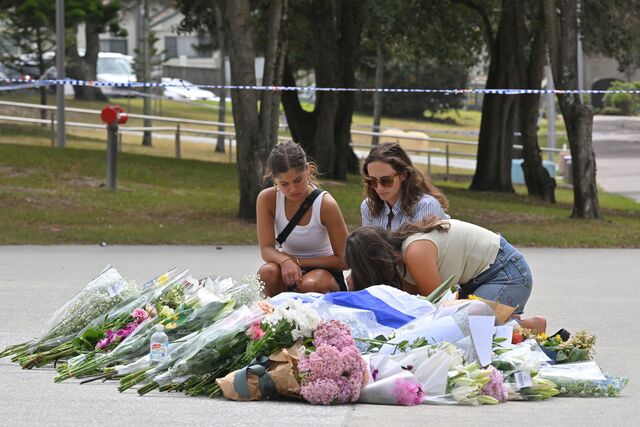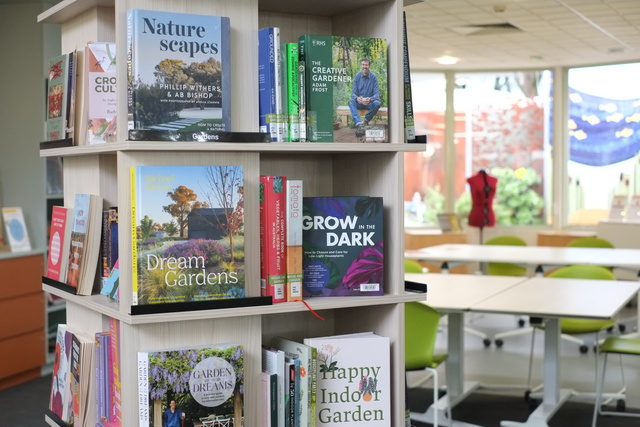By JESSE GRAHAM
WHENEVER I drive through the Yarra Valley, I think of all the people who lost their lives in the places we pass every day.
Any main road you take into or through the valley, you can be sure that at some point in recent years, a person has died in a crash somewhere along the way.
On 19 April, an 18-year-old Cockatoo woman was killed on the Healesville Kooweerup Road near Yellingbo, after losing control on a sharp corner.
On that same road, on the corner of Toolebewong Road, a 76-year-old Healesville man was involved in a serious crash on Thursday 4 June and later succumbed to his injuries.
A 20-metre stretch of the Maroondah Highway east from Maddens Lane has been the site of three deaths in two incidents in recent memory, the first being in October 2007, where two teenagers were killed when a car driven by a friend hit a tree.
The second, on Saturday 24 August in 2013, where a car turned out from Maddens Lane, only metres up the road, into the path of a four-wheel drive – an elderly Bulleen woman died at the scene.
On 25 September, 2008, an 18-year-old Healesville man and a Narre Warren man were killed in a two-car crash on Don Road, Healesville.
I remember that crash, as it happened on the night of my brother’s birthday, more-or-less outside of my house. My father went outside to help one of the people trapped in a car while emergency services crews raced to the scene.
Linen taken out for the drivers came back soaked in blood.
Though more recently the Black Spur has been the site of fewer serious collisions than in previous years, drivers such as Eugene Ong, a 20-year-old Wantirna South man, died when the car he was a passenger in hit a tree on 11 October, 2008.
A section of the Melba Highway nicknamed ‘The Slide’, which connects Dixons Creek to Kinglake and Toolangi, has been the site of numerous fatalities in the last five years, so much so that VicRoads dropped the speed limit leading up to the area.
A 17-year-old Healesville boy – whom I went to primary school and high school with – died when he was thrown from a car on High Street, Healesville, on 16 December, 2009, just before Christmas.
Though I certainly wasn’t as close to him as others I knew were, everyone I knew was shaken in some way by his death, and I’m sure this had an impact on all of us in some way when we went for our licences the next year.
And the latest – on Sunday 16 August, 16-year-old Cooper Ratten, a Ringwood boy and a Yarra Glen footballer, died en route to hospital after being thrown from a car that rolled on Glenview Road, in Yarra Glen.
When I drive on these roads, I can’t help but remember the photographs of twisted cars or of emergency services crews rushing to help people involved – the images come to mind every time I pass the spaces which were once crash sites.
And I’d like to think that none of these people died in vain.
I’d like to think that, just as the death of our friend (subconsciously or otherwise) changed our attitudes towards driving, those who knew the people involved in all of these crashes took from their grief the message that life is important, and protecting it is immeasurably so.
The days, weeks and months following incidents like these are filled with uncertainty – why did this happen? Could it have been prevented? – and bleakness, the hollow feeling in the pit of your stomach of being caught unawares and not getting a final goodbye.
But once the wounds have closed over and the feeling recedes, it’s important to remember the people who have been lost, and use their loss as a lesson – whether that lesson is about being safer on the roads, or refusing a lift with an intoxicated driver, or not getting behind the wheel yourself when you’re not in a condition to drive.
In the midst of the senselessness, the noise and the graphic detail, it’s important to remember in better times those who have been lost, and to try and turn the grief into positive change.
That positive change can be as simple as easing a foot off of the accelerator in a dangerous area, or it can be a complete re-think on driving behaviour, but it’s all significant.
Before getting behind the wheel or into a car – think about whether you should, and about what consequences could follow.
It all counts.







